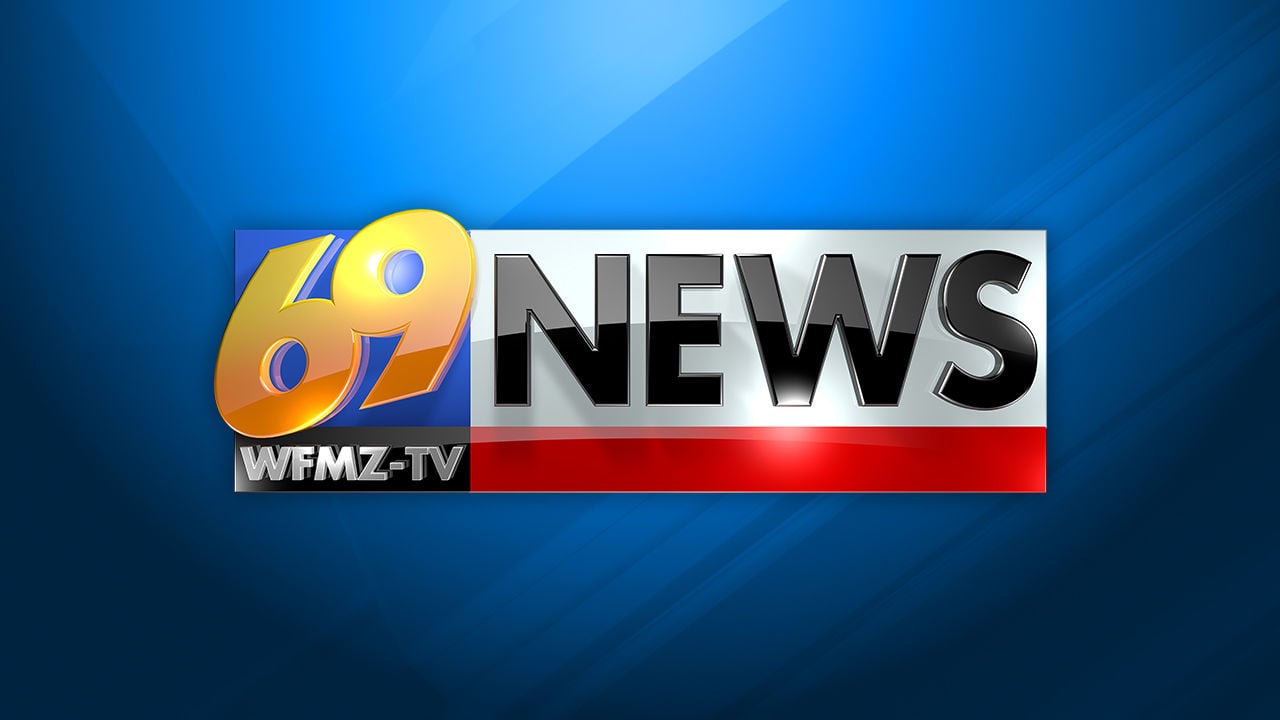That intervention parallels the government’s response to the pandemic overall: The government acted and probably avoided the worst-case scenario, but did it do enough? Trump’s administration can (and does) claim credit for where things are, but could things have been better under different circumstances? For the pandemic, the answer seems more clear (yes) than it does for the economy.
All of this is academic for most voters. Most voters will judge Trump on how they themselves are doing — and the employment report released Friday offers a sharp warning for the president’s reelection bid.
In August, the overall unemployment rate was higher than it had been in August of 2008, 2012 or 2016. That’s true for most demographic groups, too: A higher percentage of men, women, Asian, Hispanic and White Americans are out of work now than in those months.
In most cases, the unemployment rates for those groups are only slightly higher than they were in 2012, when the country was still emerging from the recession that began shortly before Barack Obama took office. But those unemployment rates were relatively good, compared with the prior year. The unemployment rates now are quite bad, relative to 2019 — but, of course, quite good, compared with March.
This is the irony undergirding Trump’s rhetoric about the economy. He refuses to give credit for the drops in unemployment under Obama as the effects of the recession waned but insists that his current performance be viewed through the lens of the pandemic. His team touts the recent surge in jobs but excludes the plunge on which that surge relies.
Over the course of his presidency, unemployment rates have consistently been lower than they were under Obama, a fact that Trump is always eager to tout. But unemployment under Trump has also moved in a wide range, thanks to the massive spike earlier in the year. And that instability is happening now, with about 60 days until the election.
In February, 152.4 million people were working. In August, 140.9 million were — meaning more than 11 million people who were working six months ago aren’t now. That’s 1 in every 13 jobs the country recorded in February.
Trump has relied on the fact that most of those job losses were temporary to claim credit for a quick rebound in the economy. That’s true; a lot of jobs recorded as lost at the beginning of the pandemic were temporary layoffs, and many of those workers are now back on the job. But as that’s happened, the number of people who’ve lost work permanently has steadily increased.
Trump’s celebration of the 1.4 million jobs added in August depends on people returning to work after being furloughed. The number of people who were temporarily unemployed fell by 3 million from July to August. The number of people permanently unemployed increased by more than 500,000.
The last time this many people were permanently out of work was November 2013. In August 2012, as Obama sought reelection, there were a million more people who had permanently lost their jobs. But relative to six months prior, that figure was down by 270,000. Relative to six months ago, 2.1 million more Americans are now permanently out of work.
In 2016, Trump repeatedly assailed Obama for the decline in the labor force participation rate, a measure of the working-age population that was working or looking for work. When people give up on seeking jobs, they drop out of the labor force — and since unemployment is measured against the labor force, that can artificially lower the unemployment rate.
As of August, the labor force participation rate was at 61.7 percent, up slightly but still lower than at any point during the recession.
Gallup polling indicates that the economy is viewed as the most important issue facing the country by 12 percent of Americans. That’s lower than the percentage identifying the pandemic (35 percent) and the percentage identifying poor leadership (22 percent). Of those three issues, though, the economy would seem to be the one where Trump is performing the best.
The economy is, in many ways, getting better. It is, in every way, worse than it was seven months ago. It is, in most ways, worse than it was in August 2016, when 1.4 million fewer people were permanently out of work and the labor force was 1.3 million people smaller, despite the country’s population being 5.1 million people smaller.
There are two more jobs reports before Election Day. If the undercurrent of increasing permanent job losses continues, it’s hard to imagine that Trump’s focus on temporary layoffs will prove an effective rebuttal to questions about his handling of the economy.





More Stories
NBA rumors: Ex-Clippers coach Doc Rivers is a candidate for Sixers, Pelicans jobs
Thyssenkrupp to cut 800 jobs at automotive business
Disney to Cut 28,000 Jobs in One of Biggest Layoffs of Covid Era